“Drive for show dough, putt for dough” is what I say.
If you don’t know how to hit a driver, it’s costing you a lot of strokes…in bunches. Learning how to hit your driver more consistently is a major key to better golf.
As a scratch golfer (that wants to stay a scratch golfer), my driver needs to end up in the fairway more than it needs to be long (for show)
After years of teaching the game, I can tell you that the number one mistake amateurs make when learning to hit a driver is overcomplicating the process.
If you are ready to stop doing that and finally learn how to hit a driver straight and long, follow me. (This is exactly how I teach my students.)
What makes a driver so hard to hit?
Length of Club – Next time you take your golf clubs out of your bag to clean them well (You know you should do this, right?), line them all up and look at the lengths. New drivers are typically 45.75 inches long, considerably longer than your wedges.
The longer the club the harder it is to find the sweet spot. You also swing longer clubs faster so swing faults are magnified.
Larger Swing Arc – The longer club needs a larger swing arc; this means a wider motion and more room for error.
Lower Loft – Even a game-improvement driver with 12 degrees of loft is still considerably lower than a pitching wedge with 44 or 46 degrees of loft. Lower lofted clubs have less forgiveness.
- Why? Low loft equals less backspin and more sidespin – so slices and hooks are easier to hit.
Golfers Go After The Ball (Lots of Speed To Wrangle In) – Tell me, you haven’t tried to kill a driver at some point? It’s human nature to want to hit this thing far. You’ll have more issues with excessive sidespin and consistency with that extra speed your chasing.
Simple Steps To Hit A Driver
Now we know why our driving stinks, let’s move on to how to hit our driver better.
There are a few things to remember here, not only do we want to hit a driver further and straighter, but we want to hit a driver consistently too.
I don’t know about you, but a 250-yard drive down the center loses a bit of its appeal when you can only do it once in a round.
#1 – Create A Stable Base of Support
I already mentioned that you would have more swing speed and a larger arc with the driver in your hands. Therefore you need a stable base of support if you want to stay on your feet when you swing.
A great stance width for a driver swing is just wider than shoulder width. Go much beyond this and you won’t be able to transfer your weight properly through the swing.
In addition to the slightly wider stance, ensure the weight is balanced from the left to the right foot and from the heel to the toe.
- Feeling just a tiny bit of extra weight on the right (trail) side at setup can help you load up better for a big drive, but again, don’t exaggerate this.
#2 – Use a Neutral Grip (If You Hit It Straight)
For the most part, you always want to work towards a neutral grip.
If you slice the ball, a stronger left hand is fine, but neutral allows us to go after the ball with full speed and consistency.
A neutral grip has the left hand on the top of the club with the thumb going down the center or just slightly right of the center. The right hand (for right-handed golfers) will be almost directly on the top of the club.
When the right-hand starts to make its way toward the backside of the club, it’s too strong.
#3 – Ball Position Forward
Play the ball off your front foot to catch the driver on the upswing.
The ball should be placed off of the left heel, allowing you to hit the driver with a square clubface and plenty of speed and momentum. This forward ball position should never end up on the other side of your foot; in fact, you will likely hook it if you do that.
#4 Tee It High And Let It Fly
Don’t be afraid to tee the driver high.
Gone are the days of thinking that a low penetrating line drive hit will go further than a high-flying drive. Don’t try convincing us of this; it’s not true.
Tee the ball high and you will see the difference in both consistency and distance. The driver’s head is 460cc, the largest it’s ever been in the game’s history; high tees are a must.
As a general rule of thumb, keep about half of the golf ball above the top of the driver when you tee it up.
#5 Extend The Takeaway
Because modern drivers are so long (new drivers come out of the box an average of 45.5” long), you have to ensure that you extend the takeaway enough to increase the width of the arc.
With your driver, a low and slow takeaway will create more extension and give you a chance at extra power. Just keep the club along the ground a little as you take the club back, and the rest will work itself out.
#6 Full Rotation On The Backswing
You won’t hit your driver well if you try to hit it with your hands and arms. Drivers need a full rotation that involves a full shoulder turn and a hip turn.
When you get to the top of your backswing, your left shoulder should be under your chin, and your hips should have turned away from the golf ball with your belt buckle pointing back down the fairway.
Some players get hung up on hitting the golf ball instead of swinging the club. (Don’t be that player). Let your arms swing through fully to the target, let the ball get in the way of your swing.
#7 Weight Shift At The Top
At the top of your driver swing, there is a transition that must occur. This transition takes the weight from your right side (again right, handed player) and starts to transition it to the left.
Moving towards impact, the weight should be transferred to the left side. Look at any professional golfer at impact, and you will see that their weight has transferred almost completely to their left side when they hit the ball.
Top tip – My favorite way to practice this is to feel as though I’m stepping on my left foot as soon as I start my downswing.
In fact, sometimes it makes sense to create a drill for yourself where you actually pick the left foot up off the ground, and then step on it as you approach impact. It’s just a feeling you are trying to accomplish.
#8 Stay Behind It At Impact
In the same still frame where we see a golfer has transferred their weight to their left side at impact, we can also see that their head has stayed behind the ball.
This is a very powerful movement.
Anytime your upper body starts to take a shift towards the target, be prepared for some issues with ball flight. Chances are your shot will not go straight.
Top tip – To practice this feel, when you set up to hit, feel like there is a wall on the left side of your forehead.
As you swing through impact, don’t let your head bump into that wall. I’ve seen some golfers have another player hold the butt end of the grip on this part of the head while they swing, but sometimes it’s just the thought that can get you there.
#9 Follow Through and Finish High
If you can’t follow through and finish in a balanced position, chances are there are some swing flaws throughout your entire swing.
Make sure that you can watch your drive fly straight down the fairway from a balanced position with all of your weight on the left leg.
This higher follow-through and finish encourages maximum clubhead speed, and it’s much more repeatable than falling backward and trying to muscle the ball down the middle.
Tips On How To Hit A Driver Further
Now that you have all the basics of hitting your driver down, it’s time for a few tips on how to consistently hit your driver further.
Here are some of my best tips to make sure you get the maximum distance out of your driver.
- Make sure you’re playing a driver that fits your swing: if you aren’t playing with the right club, chances are you can’t maximize distance; most importantly, make sure you have the right shaft.
- Tee the ball high enough: next time you are at the driving range, hit 10 drives from a low tee, where the ball is in line with the bottom of the face of the driver; and 10 from a high tee (golf ball halfway above the top of the driver head) and see which group has a greater average distance (it will very likely be the higher tee)
- Check golf ball selection: I can see as much as a 10 yard difference when I switch balls. Also, this has nothing to do with premium vs. cheap balls; it’s more about distance vs. feel balls.
- Use ground forces to increase torque: the golf masterminds are putting more effort and thought into how ground forces play into our shots; the more you can utilize the ground, the easier it is to increase torque and power.
- Top tip – As you swing back, pressure should be placed on your feet as though you are pushing into the ground, the same can be said for impact when the weight is on the left side, push into the ground.
- Don’t take it easy on the ball: if someone tells you to slow down and hit it easy, tell them no! To hit a driver well, you need to go after the ball!
- Ensure your shoulder rotation is complete: remember, we can’t swing a golf club with just our arms and expect it to get maximum distance. Shoulder and hip rotation are important for creating real power. Get your left shoulder to turn and tuck under your chin.
- Work with weighted training aids to gain speed: Whether you like to swing a heavy golf club or spend some time in the gym, if you get stronger, you will hit the ball further.
Tips To Hit A Driver Straighter
Do you ever feel like you have to choose between hitting a driver straight or hitting a driver long?
You don’t.
Follow these tips to hit your long drives even straighter.
- Check the ball position: play your driver off of your left heel (right-handed player); anything further forward or back could cost you accuracy.
- Play with adjustability on the driver clubhead: you have an adjustable clubhead, so use it! Sometimes a quick turn of the wrench can straighten things out.
- Watch the clubface angle at setup: when you set up to hit your drive, make sure that you have the club square and that it is pointed directly at your target; even if you slice, don’t close the clubhead down.
- Check your swing plane with a video: there are so many great golf gadgets on the market that let you analyze your swing and even draw lines where the club should be, take advantage of this technology.
- Make sure your driver matches your swing: a custom fitting or even just trying out a new driver from time to time can help you learn about the equipment that matches your golf swing.
How Far Should I Hit My Driver?
Now that you know how to hit a driver, let’s be realistic about how far it goes. The two most important factors for hitting a driver a long way include your swing speed and how close to the center of the face you make contact with the ball.
High-swing speed golfers that strike the center of the clubface get the most distance.
Beginner – A beginner golfer can typically hit a driver around 200-230 yards. This could be in the 150-180 yard range for women golfers.
High Handicap – Most higher handicappers have the same issues that beginners do with consistency; expect these drives to also be in the 200-230 yard range.
Mid Handicap – Mid handicappers that are honest with themselves about total distance hit their drives around 220-240 yards. Some of the best drivers for mid handicappers are very forgiving and help to increase overall roll and carry.
Low Handicap – Most of the time, you need 250-270 yards off the tee to make the goal of reaching a low-handicap player that much easier. These golfers know how to hit a golf ball with a driver; they are just working on the details of grabbing a few extra yards when they can.
Professional – Professional golfers hit their drivers around 300 yards. The total driver distance depends on the player and their swing speed, but overall the key here is accuracy over distance; they can all hit it!
FAQs
Here are a few of the most commonly asked questions about how to hit a driver.
How far should a beginner hit a driver?
If you are a beginner golfer that can drive the ball 200-220 yards, consider that a win. With more experience, you will hit longer drives.
When should you not hit a driver?
Keep it in the bag on a shorter par 4 where the driver can cause you more trouble than it’s worth. In addition, if you are working through issues with a slice or hook, it’s ok to take the 3 wood out for a little while.
Why do I hit my irons well but not my driver?
The driver is longer and has less loft than the irons making it more difficult to hit.
Are bigger drivers easier to hit?
The larger 460cc clubheads have a larger sweet spot than previous drivers, but they still require you to make a good swing.
Does tee height affect driving distance?
Tee height has a tremendous impact on driving distance. If you want to hit the driver far, tee the ball up high enough to accommodate the larger 460cc head.
Is 270 yards a good drive?
A 270-yard drive is a very good drive for most golfers and will put you in a position to make a relatively short approach to the green.
Final Thoughts On How to Hit Your Driver Better
Many amateur golfers are quick to take the driver out of the bag and start using a 3 wood; I promise you it’s worth trying to work through how to hit the driver first.
When you get good at it, you will be glad you invested the time.
Follow these tips. Put in the work. And, I’m confident your driving will get better sooner than later.
Thanks for checking out my guide on how to hit a driver straighter and further consistently.

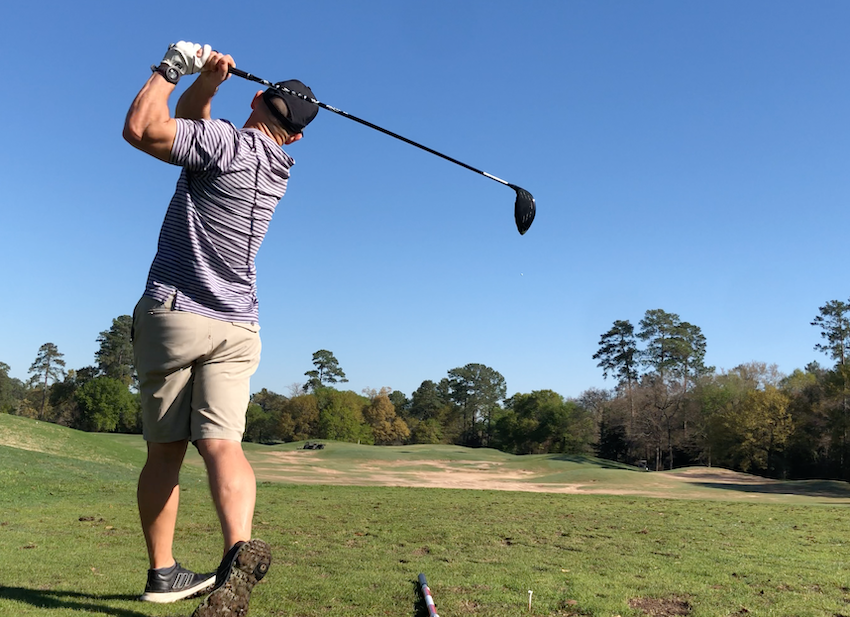
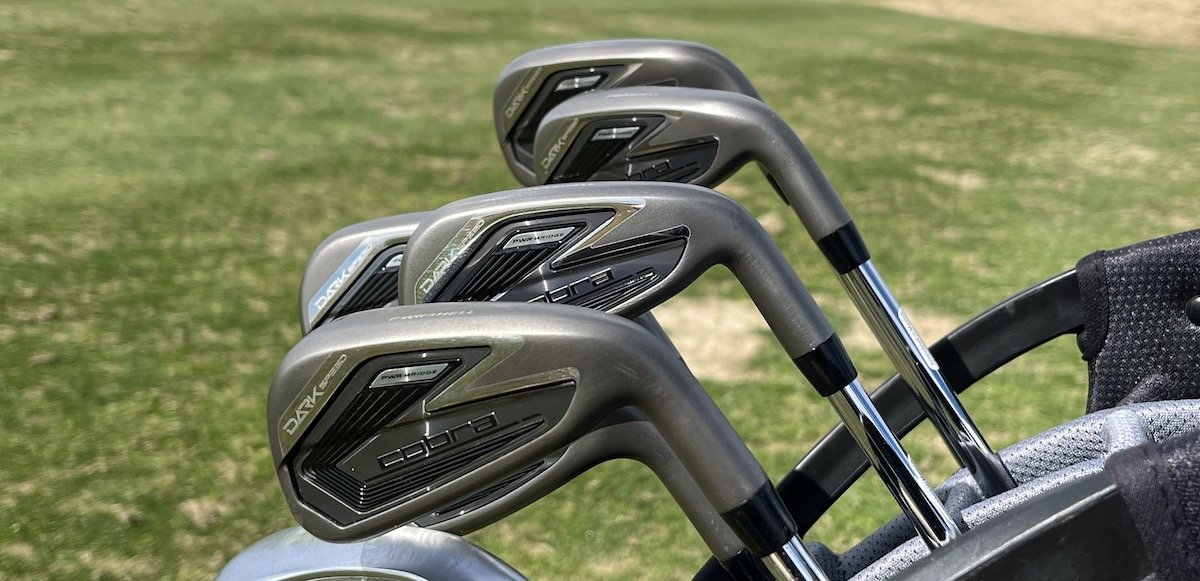
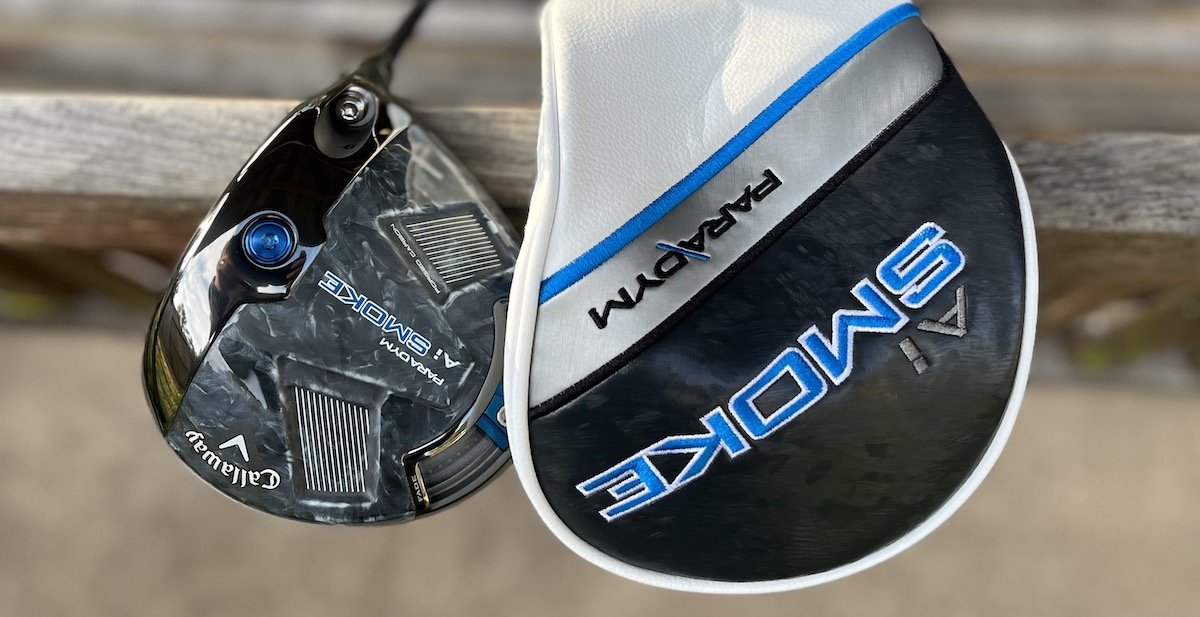
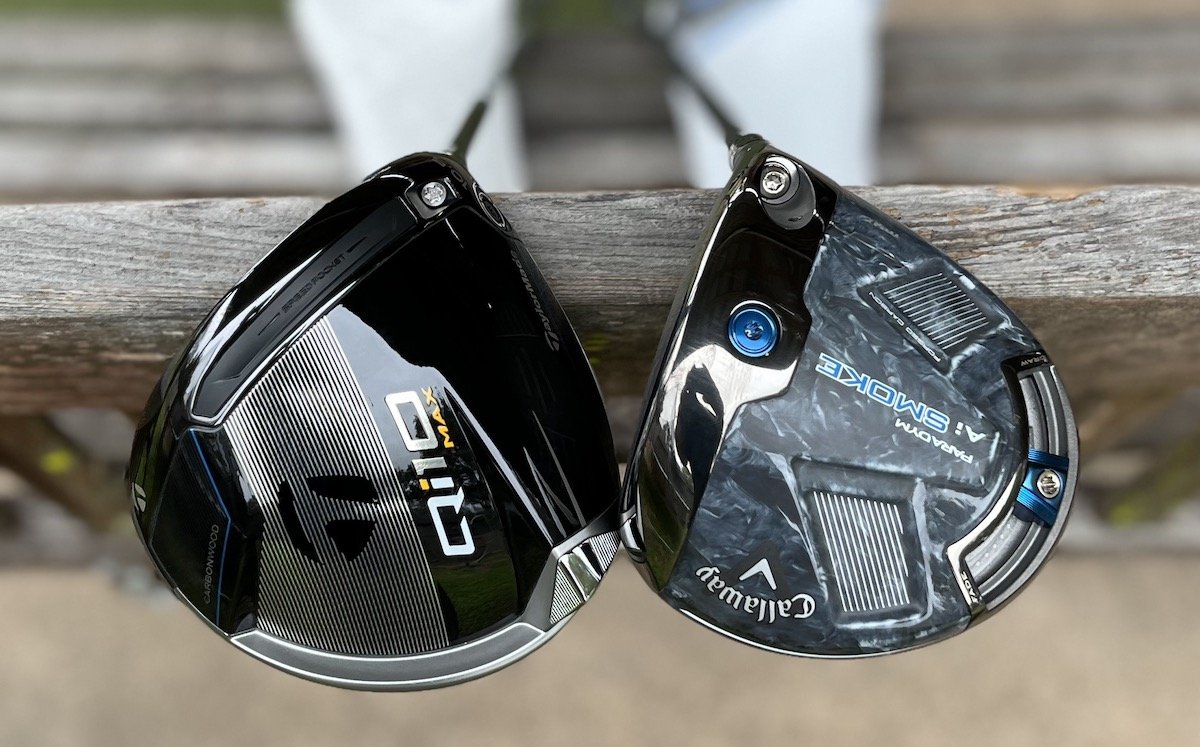

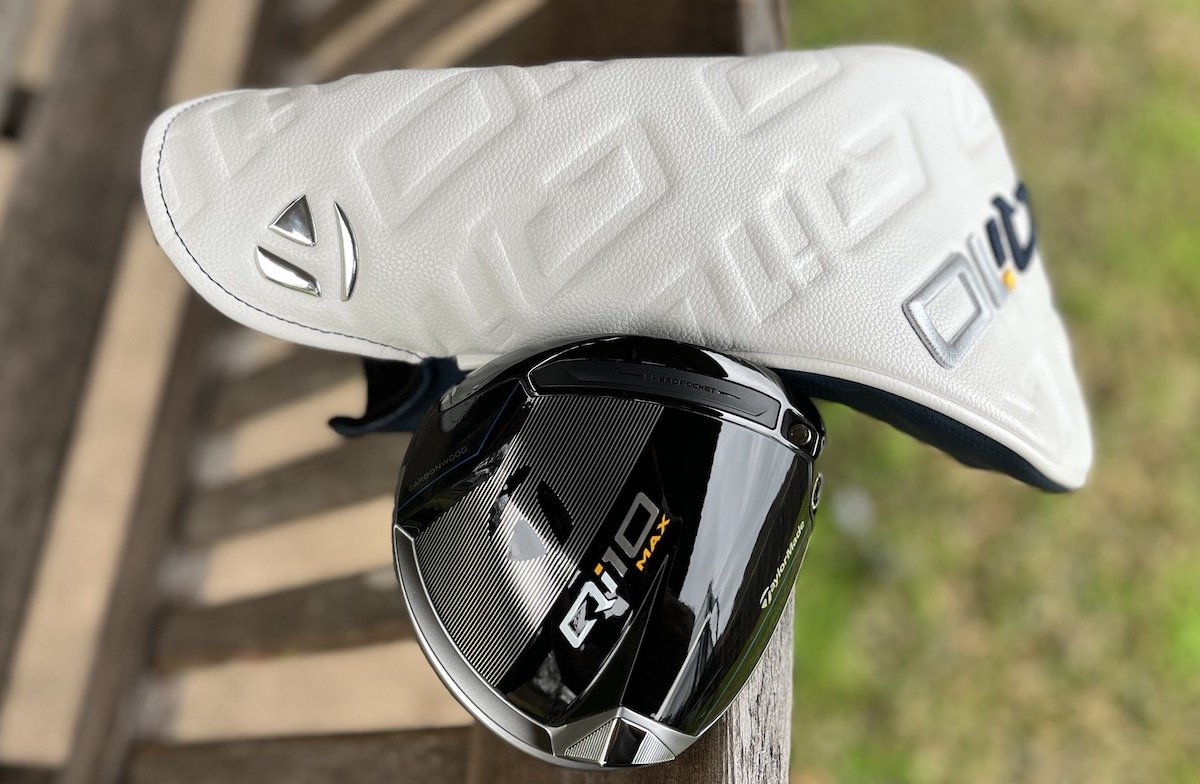
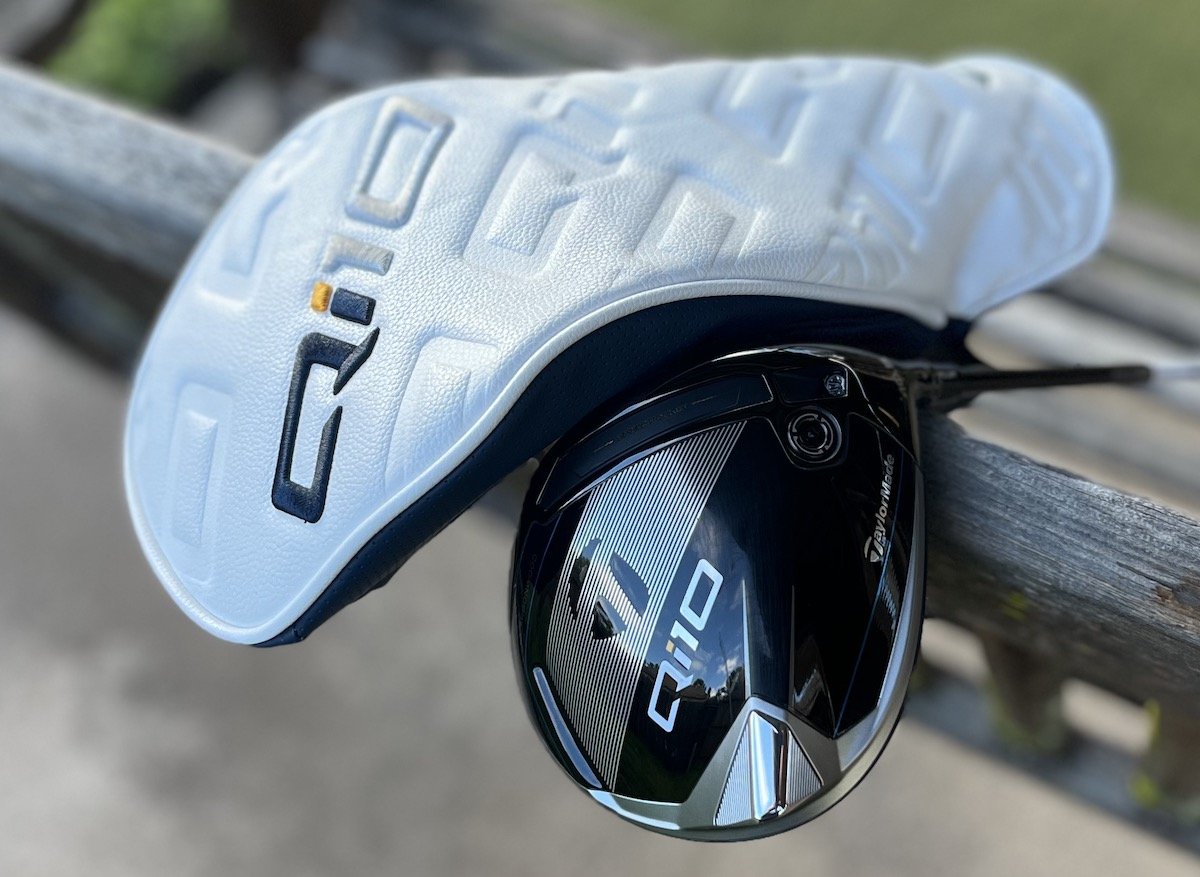
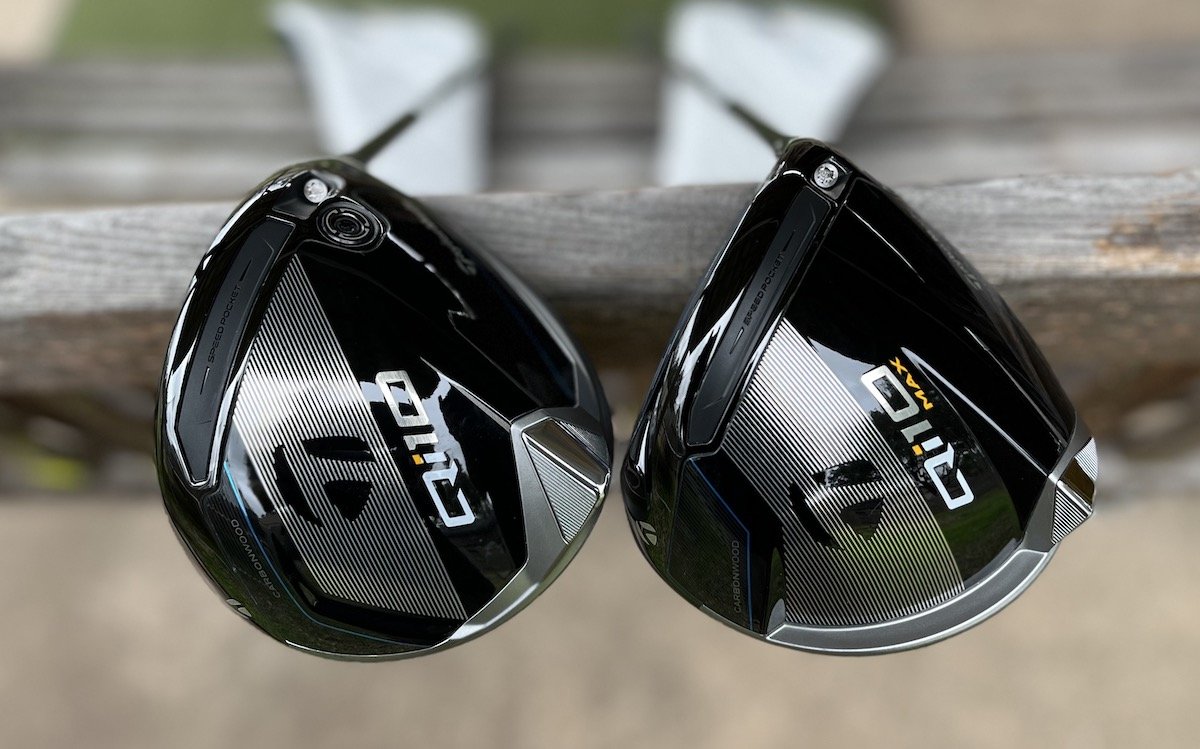
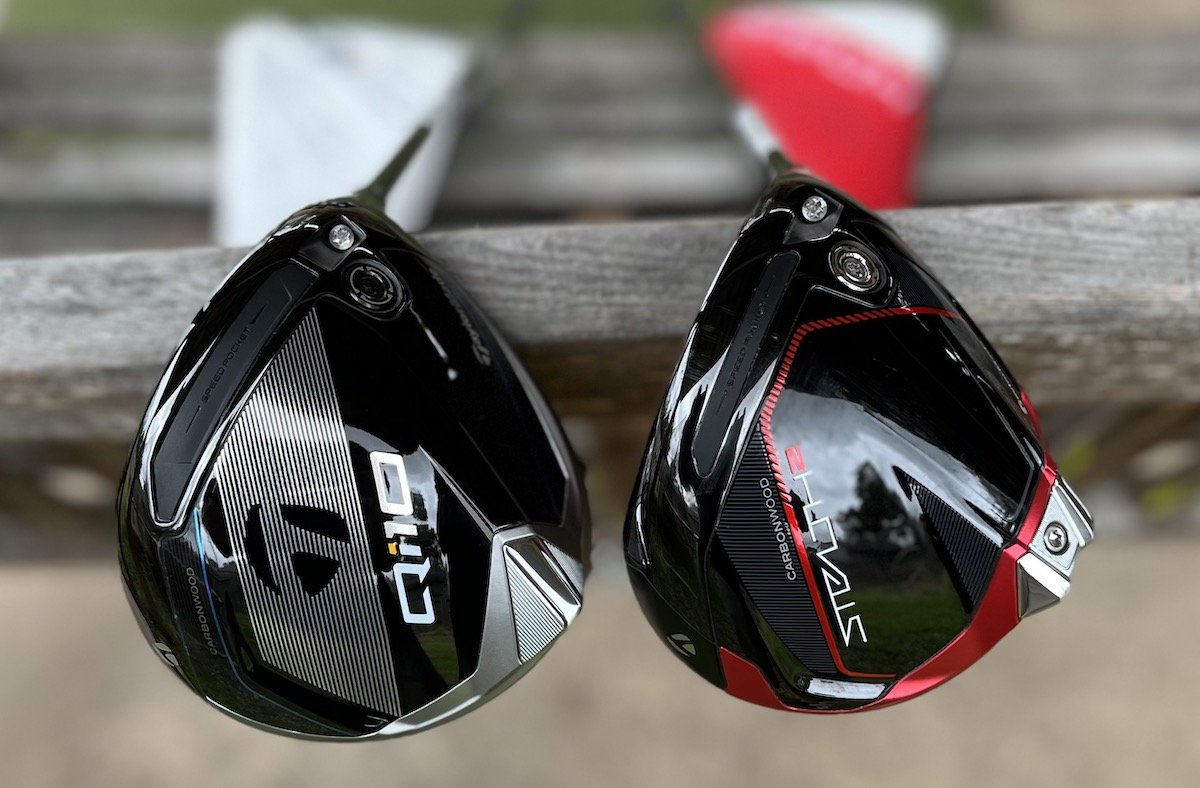


Thanks ! One of the best articles on how to hit a driver . Btw, do you have any drills on achieving full shoulder and hip turn ?
To help get a full shoulder turn I like to take my left hand place it at the top of the club, and my right hand just below the grip (on the shaft). As you swing back let your right hand slide all the way down the shaft until it gets to the club head. In order to do this you will have to make a bit of an exaggerated shoulder turn. Here’s a video to check it out. (Shoulder Turn Drill)